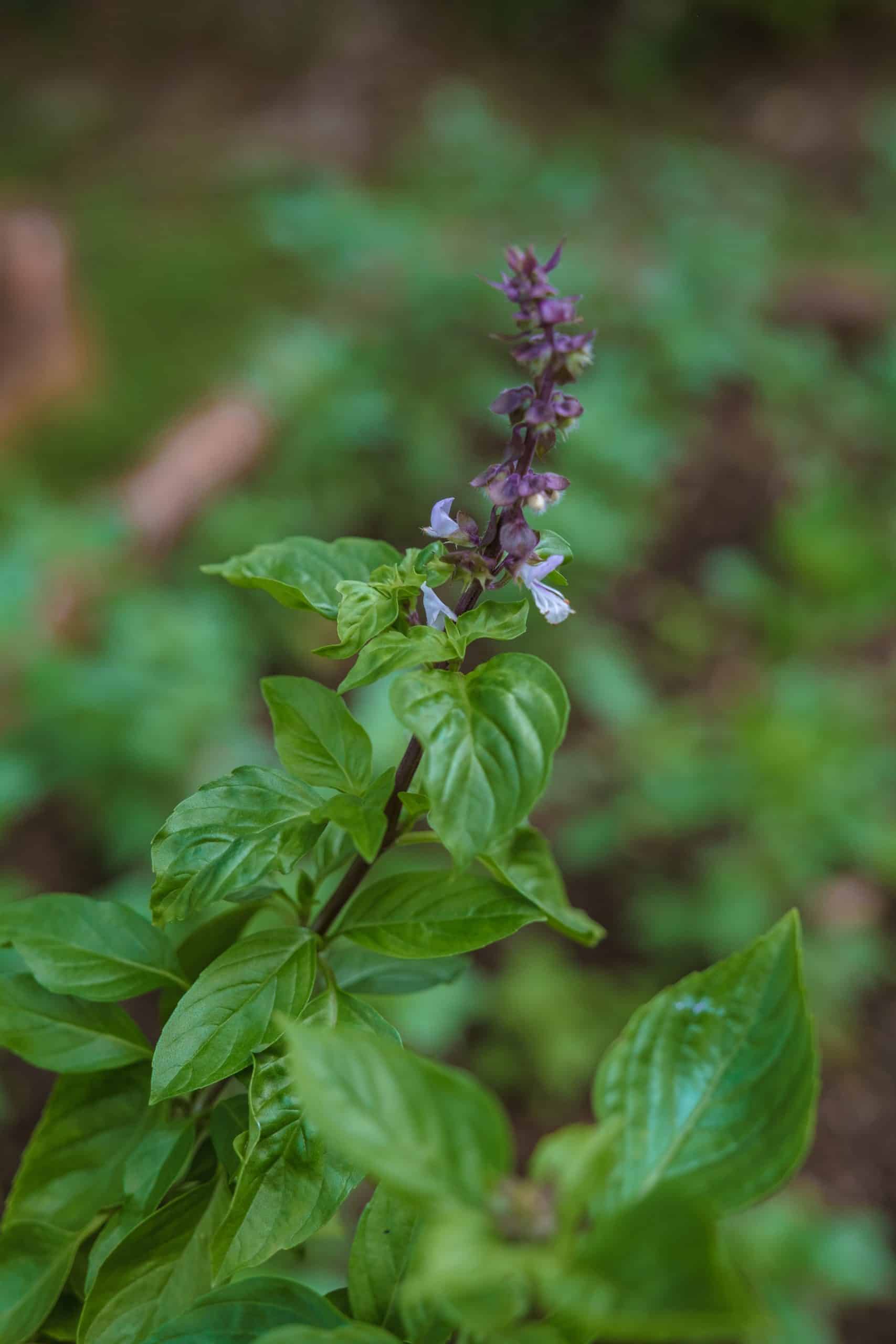What Are the Best Practices for Energy-Efficient Landscaping in UK Real Estate?

In the realm of real estate, environmentally focused practices are gaining popularity, with energy-efficient landscaping leading the charge. As a property owner or tenant, you need to be in the know about the best practices for energy efficiency in landscaping. Not only will these practices provide an eco-friendly environment, but they can also significantly reduce your energy consumption, water use, and heating costs. This article provides an in-depth look into eco-friendly landscaping and its benefits to real estate property owners, tenants, and the larger community.
The Concept of Energy-Efficient Landscaping
Before diving into the specific practices, it’s crucial to understand what energy-efficient landscaping involves. This concept, often referred to as eco-landscaping, green landscaping, or sustainable landscaping, revolves around the design, creation, and maintenance of landscapes that reduce the negative environmental impact. It incorporates practices that save water, enhance energy efficiency, limit waste, and promote a habitat-friendly environment.
Dans le meme genre : What Legal Considerations Are Crucial for UK Real Estate Deals Involving Foreign Investors?
Fundamentally, energy-efficient landscaping is about designing and managing properties that harmonise with the local climate and ecology, reducing the need for resource-intensive maintenance, such as frequent watering or mowing. It also includes practices that utilise natural solutions to enhance a building’s energy efficiency, such as strategically planting trees to offer shade in summer and reduce heat loss in winter.
Benefits of Energy-Efficient Landscaping to Property Owners and Tenants
Energy-efficient landscaping offers a plethora of benefits to both property owners and tenants. Firstly, it provides a means for real estate owners to increase their properties’ value. An eco-friendly, well-maintained landscape is an attractive feature that can significantly boost a property’s curb appeal, hence increasing its market value.
Sujet a lire : How to Create a Marketing Plan for Boutique Real Estate Developments in Historic UK Towns?
Secondly, it promotes energy efficiency, leading to lower utility bills. By incorporating practices such as planting shade trees around a building, you can reduce the need for air conditioning during warm months. Similarly, windbreaks can lower a building’s heat demand during the cold months, leading to significant energy savings.
Furthermore, this landscaping practice promotes water efficiency. By using local, drought-resistant plants and efficient irrigation techniques, you can significantly reduce the amount of water required for landscape maintenance. This not only saves water but also cuts down on water-related costs.
Lastly, it contributes to environmental sustainability. By reducing energy and water consumption, limiting waste, and promoting a habitat-friendly environment, energy-efficient landscaping practices contribute to the larger sustainability goals of reducing carbon footprints and conserving natural resources.
Best Practices for Energy-Efficient Landscaping
When it comes to actual practices, there are several strategies you can employ to achieve energy-efficient landscaping. Firstly, consider the strategic placement of trees. Planting deciduous trees on the south and west sides of properties can provide shade during hot summer months, reducing cooling needs. In winter, these trees lose their leaves, allowing sunlight to warm the building.
Secondly, utilise native, drought-resistant plants. These plants have adapted to the local climate and therefore require less water and maintenance compared to non-native species. This not only saves water but also reduces maintenance costs and time.
Thirdly, consider implementing efficient irrigation strategies. Drip irrigation systems and self-watering containers can help to minimise water loss through evaporation or runoff, ensuring water is delivered directly to the plant roots where it’s most needed.
Lastly, consider using mulch in your plant beds. Mulch helps to retain moisture in the soil, reducing the need for frequent watering. It also aids in preventing weed growth, reducing the need for chemical herbicides.
Integrating Energy-Efficient Landscaping in Real Estate Development
For real estate developers and property owners, integrating energy-efficient landscaping from the initial design stages of a building project can be a game-changer. It’s not just about adding a few energy-saving features here and there; rather, it’s a comprehensive approach that considers the property’s overall ecological impact from the get-go.
A professional landscape architect or designer knowledgeable in energy-efficient practices can be invaluable in this process. They can assess the property’s unique characteristics—like climate, soil type, and existing vegetation—and use this information to create a landscape design that maximises energy efficiency and sustainability.
For instance, they might recommend specific tree species that provide the best shade or windbreak benefits for the property. Or they may propose changes to the site’s topography—like creating rain gardens or bioswales—to improve stormwater management.
By integrating energy-efficient landscaping from the beginning, you can ensure your property is not only aesthetically pleasing and valuable but also an active contributor to broader environmental sustainability goals.
Incorporating Renewable Energy in Landscaping
Incorporating renewable energy in landscaping can also contribute significantly towards energy efficiency and eco-friendly practices. One effective means is through the use of solar panels in landscape design. Solar panels can be integrated aesthetically into the landscape architecture as they generate energy that can be used in the property, thereby reducing reliance on non-renewable energy sources.
Another method is the use of energy-efficient outdoor lighting. By switching to LED or solar-powered lights for landscape illumination, real estate owners can further reduce energy consumption. This not only contributes to energy saving but also enhances the visual appeal of the property at night, thereby boosting its market value.
Furthermore, the application of sustainable landscaping materials is key. For instance, opting for permeable paving can help in water conservation as it allows stormwater to infiltrate the ground, reducing runoff and promoting groundwater recharge. This practice, coupled with the use of recycled or locally sourced materials, can significantly reduce the environmental footprint of your rental properties.
By incorporating renewable energy in landscaping, property owners and managers can create a built environment that is not only energy efficient and aesthetically pleasing but also contributes to broader sustainability goals. The benefits extend beyond lower energy bills and a more eco-friendly property; they also include improved EPC rating, increased property value, and positive public image.
Conclusion: Energy-Efficient Landscaping – A Win-Win Solution for UK Real Estate
In essence, energy-efficient landscaping is a win-win solution for UK real estate. It provides numerous benefits to property owners and tenants, from reduced energy and water consumption to increased property value and improved EPC rating. It also significantly contributes to the broader goals of environmental sustainability.
Moreover, the integration of renewable energy sources like solar panels and energy-efficient outdoor lighting into landscaping design can further enhance these benefits. Along with the use of sustainable materials and water conservation practices, they create an eco-friendly built environment that is not only aesthetically appealing but also sustainable.
Incorporating energy-efficient landscaping practices in real estate development and property management from the preliminary stages ensures the property is aligned with the local climate and ecology, reducing the need for resource-intensive maintenance. By doing so, property owners, tenants, and the larger community can enjoy a more sustainable, energy-efficient, and environmentally friendly property.
In conclusion, energy-efficient landscaping offers a practical and sustainable approach to managing and developing properties in the UK. Real estate stakeholders should therefore take advantage of these best practices to not only save on heating, cooling, and water costs but also contribute to a greener and more sustainable future.
